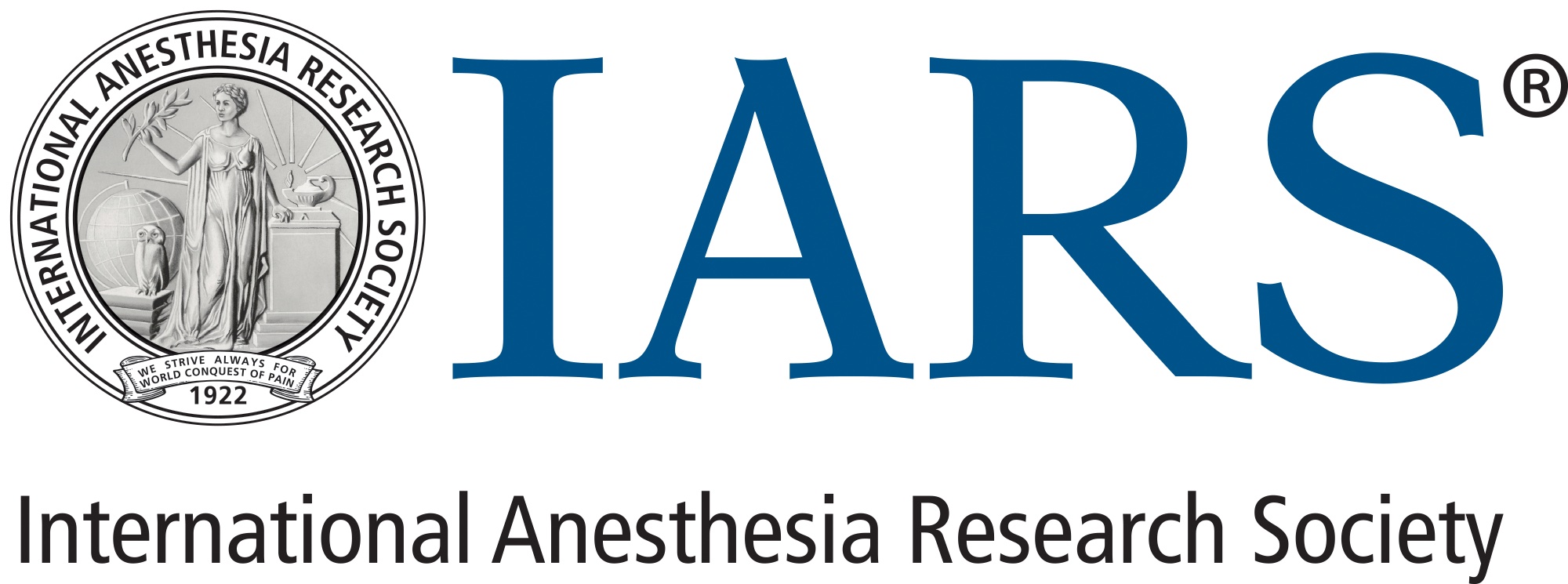Breakthrough Clinical Trial Results: From Prehabilitation to Procedural Sedation
Christian S. Guay, MD
The closing session of the International Clinical Trials Pre-Meeting, International Clinical Trials: International Trial Results Session and Conclusion, held March 20, at the 2025 Annual Meeting, presented by IARS and SOCCA, showcased groundbreaking results from several clinical trials spanning prehabilitation for frail patients to innovative approaches in anesthesia. Presenters shared findings that challenge existing practices while offering new perspectives on treatment options.
Dr. Daniel McIsaac, MD, Professor, Department of Anesthesiology & Pain Medicine, Professor, Epidemiology & Public Health, and Chair in Innovative Perioperative Care, Faculty of Medicine, University of Ottawa as well as a scientist at the Ottawa Hospital Research Institute, presented the highly anticipated results of the PREPARE trial, which examined prehabilitation in older adults with frailty. Frailty, described as an aggregate expression of risk resulting from accumulation of age and disease-related deficits, leads to decreased physiological reserve and significantly worse postoperative outcomes, including a 2.3-fold higher risk of postoperative disability. The PREPARE trial investigated whether a structured multimodal prehabilitation program could mitigate these risks.
The multicenter trial enrolled 850 older adults (≥60 years) with clinical frailty scale scores ≥4 across 13 Canadian centers. Patients undergoing cardiac and orthopedic surgery were excluded, as were those with cardiovascular disease precluding safe home exercise. The intervention arm received a personalized home-based program combining aerobic, strength, and stretching exercises three times weekly with graded intensity increases, protein supplementation and structure nutrition advice based on malnutrition risk, and weekly coaching calls to optimize adherence. The control group received standard care with static written instructions via pamphlets.
Despite achieving reasonable adherence rates (median 78%, duration-adjusted 67%) and an eight-fold increase in physical activity in the intervention group, the primary analysis showed no significant differences in either co-primary outcome: patient-reported disability at 30 days (measured by WHODAS) or incidence of postoperative complications. However, the per-protocol analysis revealed a significant decrease in postoperative disability among compliant patients in the intervention arm.
“From a health-system perspective, we need to overcome implementation and adherence barriers before expecting an effect,” Dr. McIsaac concluded, highlighting the challenges of translating promising prehabilitation concepts into meaningful clinical outcomes.
Following this presentation, Callie Diesch, a first-year medical student at McGovern Medical School, shared results from a single-center randomized controlled trial comparing postoperative urinary retention rates following neuromuscular blockade reversal with neostigmine versus sugammadex. Postoperative urinary retention, which accounts for 20-25% of unplanned postoperative admissions, occurred three times more frequently in the neostigmine group compared to sugammadex, with no difference in adverse events. The study included patients aged 18-80 undergoing laparoscopic cholecystectomy, excluding those at high risk for postoperative urinary retention.
Young-Eun Jang, MD, clinical associate professor at the Seoul National University Hospital, followed with clinical trial results comparing intranasal dexmedetomidine/ketamine versus chloral hydrate for pediatric procedural sedation conducted at two pediatric hospitals in Seoul, South Korea. The trial enrolled children under 7 years old requiring noninvasive procedural sedation. While success rates within 15 and 30 minutes were similar between groups, the dexmedetomidine (2mcg/kg) and ketamine (3mg/kg) combination showed fewer complications compared to chloral hydrate (50mg/kg) across all age groups. “Intranasal combination of dexmedetomidine and ketamine is a safe and effective alternative to chloral hydrate for sedation in pediatric patients,” Dr. Jang concluded.
Rafi Khandaker, an aspiring medical student and clinical trials specialist at Montefiore Medical Center, presented the final results of the session comparing 1% chloroprocaine hydrochloride versus hyperbaric bupivacaine for spinal anesthesia in patients undergoing anorectal surgery in an ambulatory setting. This double-blind randomized clinical trial enrolled 105 adult patients (ASA <4) undergoing procedures lasting less than 60 minutes. Results demonstrated significantly shorter time to discharge, ambulation, and voiding in the chloroprocaine group, though motor and sensory recovery times were not statistically different between groups.
The diverse presentations demonstrated the evolving landscape of clinical trials in perioperative medicine, from system-level interventions like prehabilitation to specific anesthetic technique comparisons. Each study contributed valuable insights to guide clinical practice, while also highlighting the importance of implementation science and pragmatic trial design in translating research findings into improved patient outcomes.
International Anesthesia Research Society
